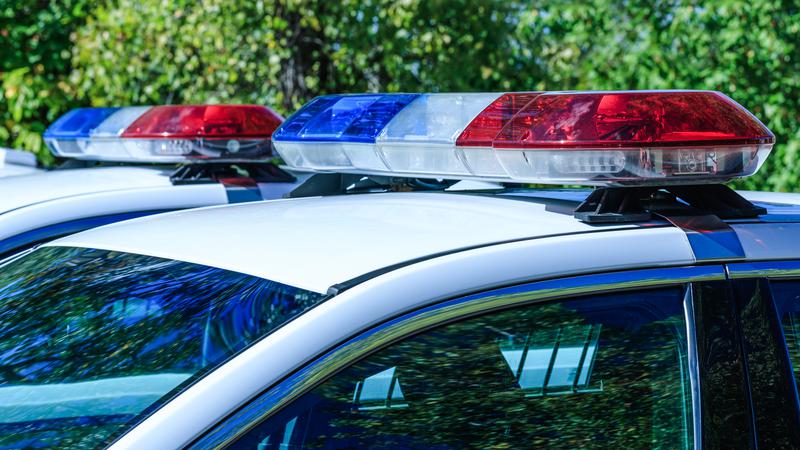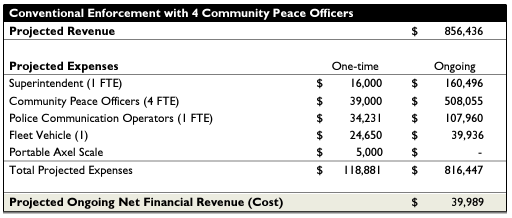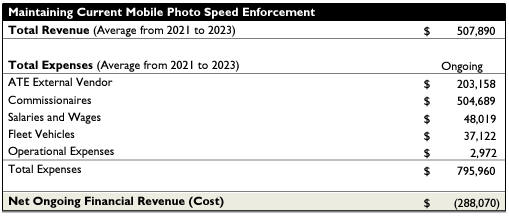
Council to explore photo radar alternatives after receiving report
In the regular city council meeting on August 6, council received a report regarding the value and effectiveness of the City’s Automated Traffic Enforcement (ATE) program.
The report presented to council focused primarily on the use of photo radar for speed enforcement and potential future alternatives, such as switching to enforcement through Community Peace Officers (CPO).
“The one thing I really have to emphasize and highlight is photo radar is having a really positive impact on traffic safety, which is also a key component of community safety,” said John Ferguson, manager of municipal police services for the city.
He added, however, that there are limitations to how effective it can be due to: a lack of immediate impact, as tickets are received days after an incident occurs; the fact that it can account for speeding but no other violations; and restrictions imposed by the provincial government about where these cameras can be used.




